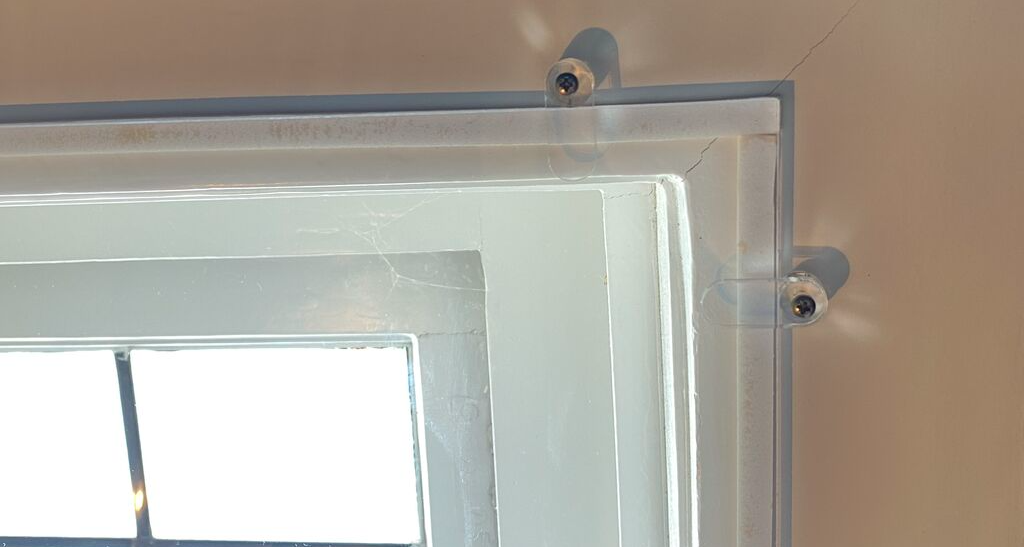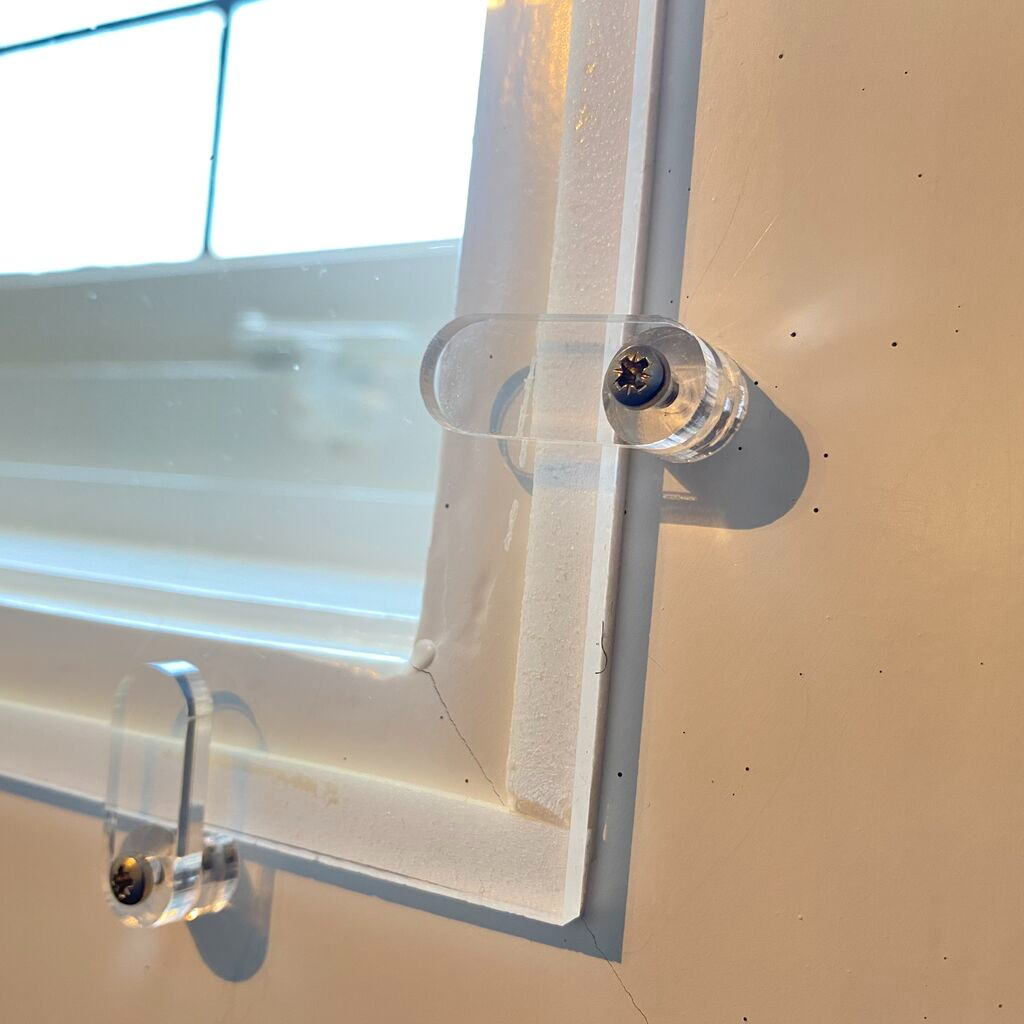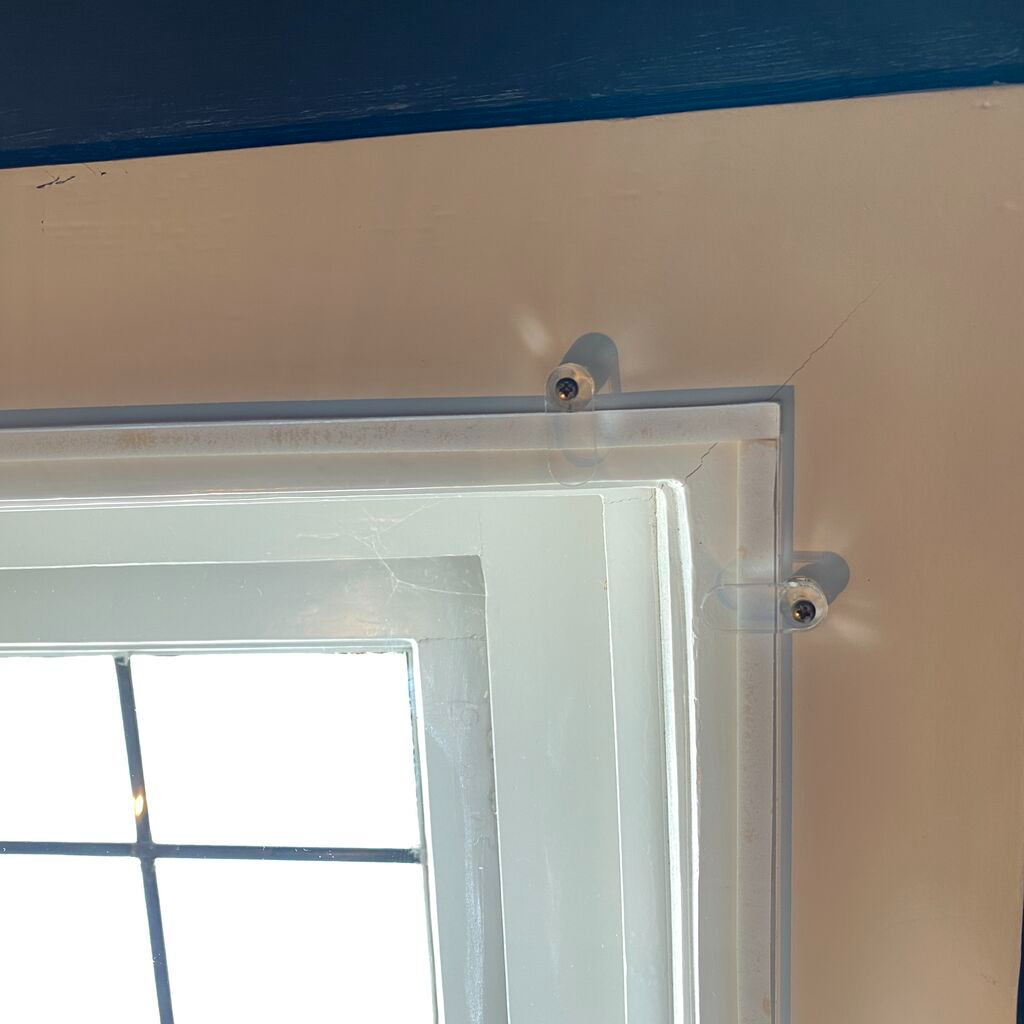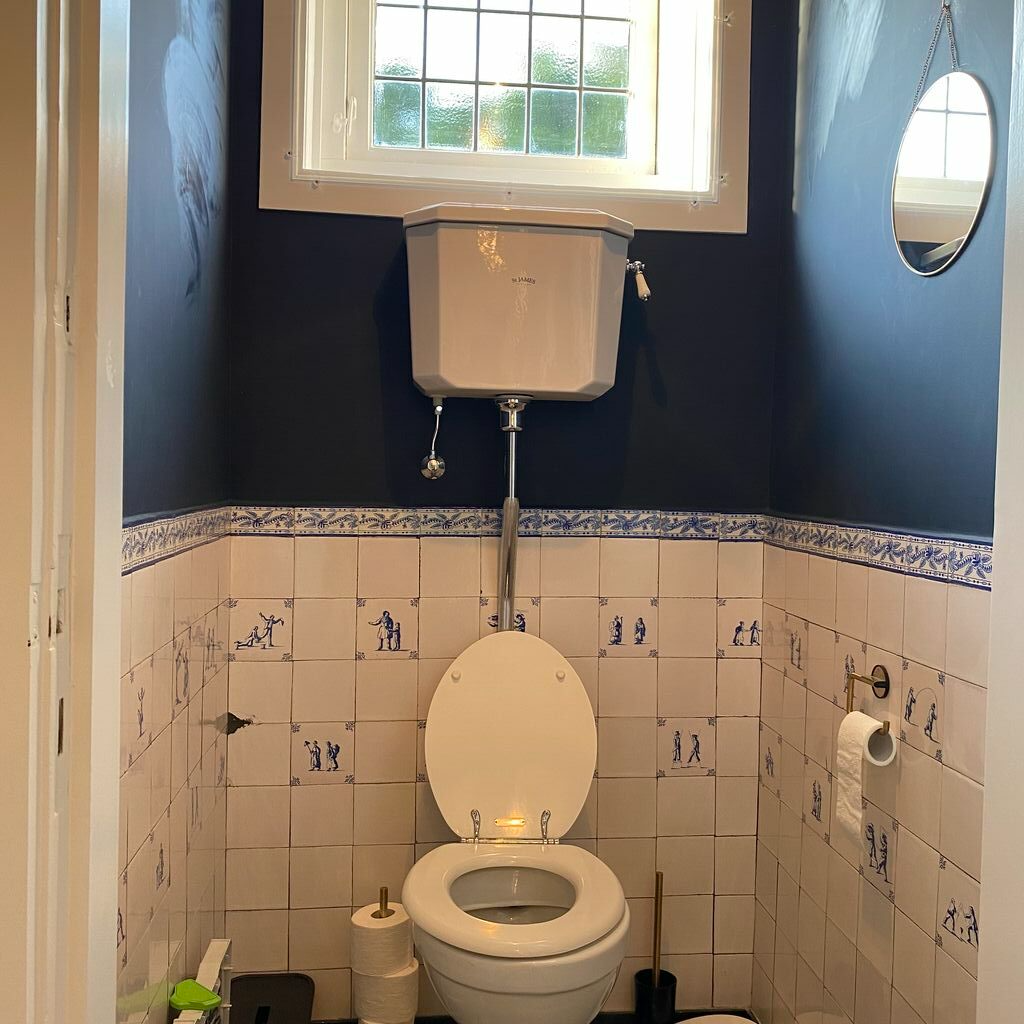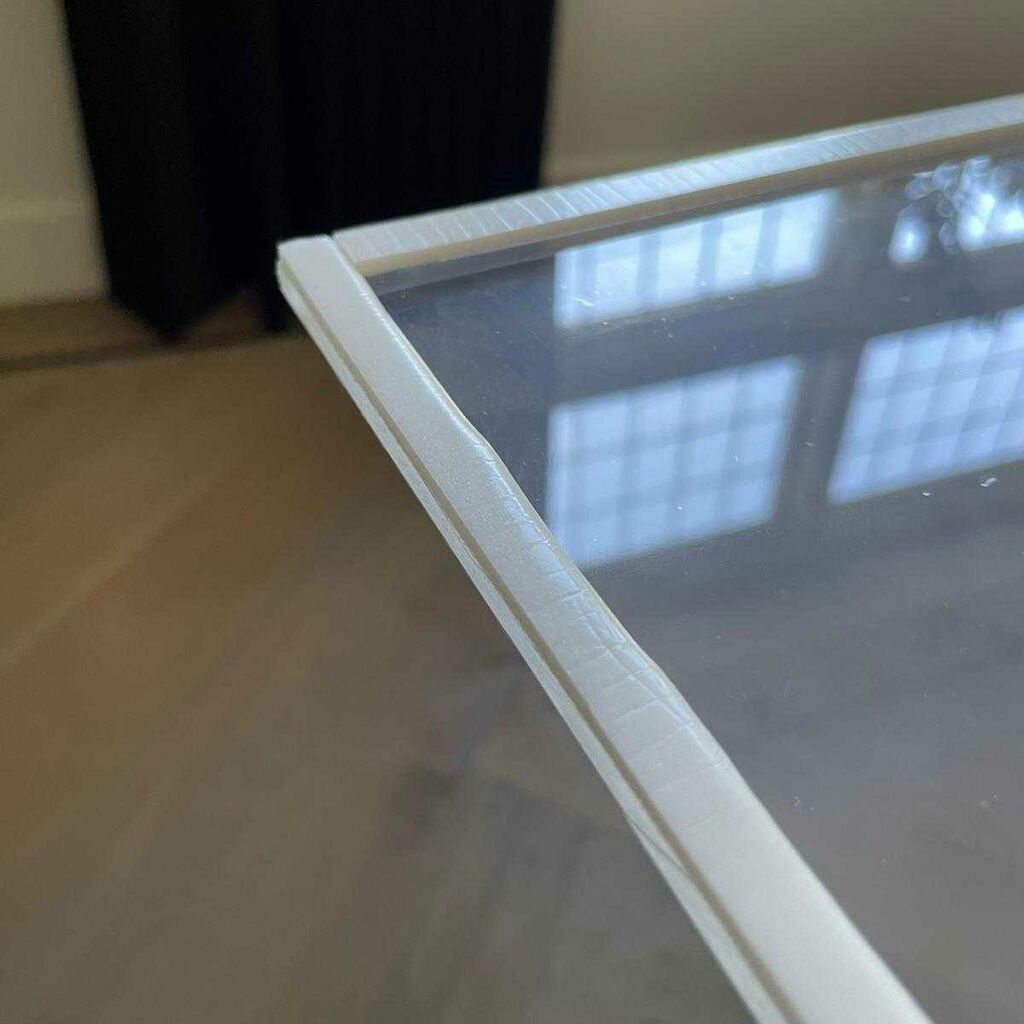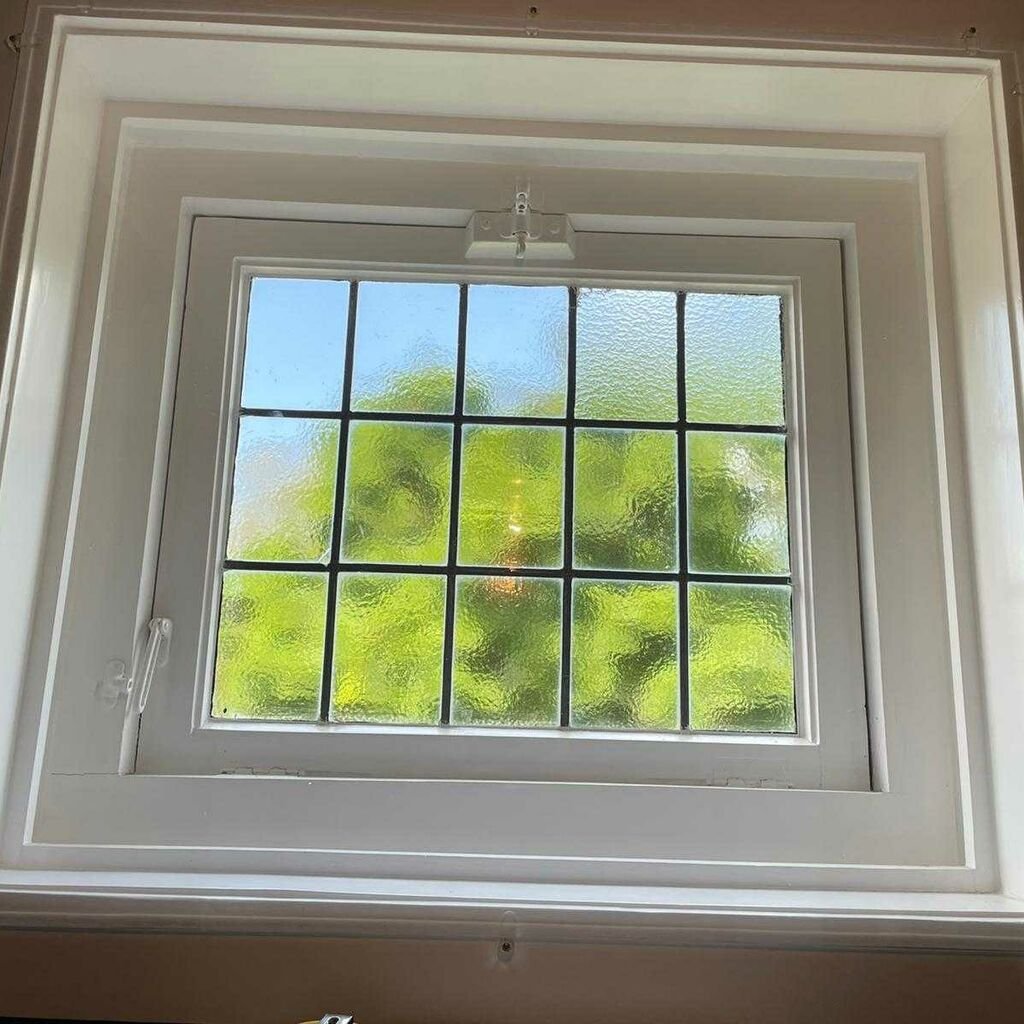We’ve all heard of secondary glazing, but what exactly is it? And what are the advantages? On this page, we tell you everything you need to know about secondary glazing, from the properties of different materials and types, to a comparison of secondary glazing with double glazing.
In short, read on and find out everything you need to know about secondary glazing!
This is what secondary glazing is used for
Secondary glazing, as the name may suggest, is an additional window placed in front of, or behind an existing window. Secondary glazing is often used as an alternative to double glazing. Secondary glazing is often used to improve the insulation value of single glazing, increase sound insulation, or as an alternative solution to double glazing in historic or listed buildings.
The benefits of secondary glazing
There are numerous benefits to using secondary glazing. Some of the most notable are:
1Energy efficiency
With secondary glazing, you can save a significant amount of energy. How? It helps keep the heat in during winter and the heat out in summer. Result? A lower energy bill!
2Sound insulation
Troubled by noisy neighbours or a busy street? Secondary glazing can significantly reduce noise.
3Safety
Secondary glazing can make your home more secure. This is because it provides an extra barrier against burglars.
How to install?
Installing secondary glazing is quite easy and can be done without professional help. The most important step is to make sure the secondary glazing properly fits with the existing window.
We have created a handy Step-by-Step Guide explaining everything about installing secondary glazing.

Comparison with double glazing
While double glazing has two layers of glass, secondary glazing uses the existing pane as one of the layers. Both offer excellent insulation, but secondary glazing is often cheaper and easier to install.
| Criteria | Secondary Glazing | Double Glazing |
|---|---|---|
| Installation | Easier to install, often without replacing existing windows. | Usually requires replacement of the entire existing window. |
| Cost | Usually cheaper to buy and install. | Generally more expensive, especially the installation. |
| Energy efficiency | Provides extra insulation, but possibly slightly less than double glazing. | Highest energy efficiency due to two layers of glass. |
| Sound insulation | Improves sound insulation. | Excellent sound insulation due to air space between glass. |
| Safety | Extra layer provides an additional barrier against burglars. | Stronger and harder to break. |
| Flexibility | Can be removed or replaced without affecting the existing window. | Replacement means an entirely new window. |
Materials and types
Different materials and types of secondary glazing are available, from plastic to metal, and each has its own advantages and disadvantages. We offer secondary glazing made of 4 mm acrylic.
Maintenance of secondary glazing
Maintenance is simple: regular cleaning and inspection for damage will ensure that your secondary glazing lasts a long time. If you want to clean the secondary glazing, we recommend an anti-static cleaner in combination with a soft cloth. Avoid aggressive or harsh cleaning agents; glass cleaner will also damage plastic.
Conclusion
Secondary glazing is an excellent choice for those who want the benefits of double glazing without the high cost, or when double glazing is not an option in your home. It offers energy efficiency, sound insulation and security.

